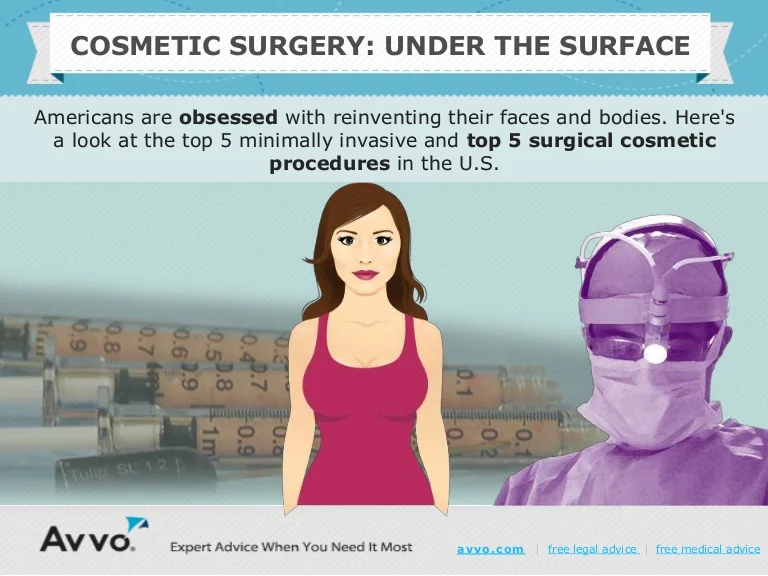How To Know If A Treatment Is Working
How To Know If A Treatment Is Working
Blog Article
Acne on Various Parts of the Body
Acne doesn't simply influence your face, it can show up anywhere you have oil glands. These consist of the chest, shoulders and back. Also called bacne, it can be just as unpleasant and uncomfortable as facial acne.
Both men and women can establish blackheads and whiteheads on these body areas in addition to acnes. These consist of Papules topped with pus-filled lesions and serious nodular cystic acne.
Face
Acne happens when your pores obtain clogged with oil, dead skin cells and bacteria. These buildups create inflammatory lesions called acnes, or areas. Acne sores consist of blackheads, whiteheads and papules, which ache, pink or red bumps that are loaded with pus (additionally called inflammatory papules). They might additionally consist of blemishes, which are hard, agonizing, pus-filled swellings and cysts, which are deep and often leave scars.
While acne poses no serious risk to your health and wellness, it can be unpleasant or humiliating, especially if you have serious acne that triggers scarring. It normally shows up during the teen years and can last for 3 to 5 years.
Back
Acne on the back, likewise called bacne, can base on the shoulders and upper back. This kind of acne establishes when skin hair pores get clogged with dead skin and sweat or oil produced by the sebaceous glands. These clogged pores can lead to whiteheads, blackheads, acnes, papules, cysts or blemishes.
The shoulder and back have extra sweat glands than the face, making them prone to acne breakouts. Adolescents and pregnant women might have extra back acne as a result of hormone modifications. Friction from ill-fitting clothing and backpacks, along with entraped sweat, can get worse the problem.
Basic way of life strategies can help take care of bacne and protect against future episodes, such as bathing after exercise and cleaning bed linens regularly. Over-the-counter topical cleansers and creams with salicylic acid or reduced concentrations of benzoyl peroxide can remove excess oil and unclog pores.
Upper body
Like encounter acne, breast breakouts occur anywhere oil glands are focused. They are most usual in areas where sweat can get entraped such as in skin folds up. It can establish in both men and women of all ages.
Acne on the upper body can happen when excess sebum combines with dead skin cells and bacteria obstructing hair roots and pores. The chest is prone to this because it has even more oil glands than other parts of the body.
Excessive sweating followed by a failing to wash, scented fragrances or perfumes, irritant components in skin care items and medicines like steroids, testosterone supplements and mood stabilizers can all add to breast breakouts. Any person with a consistent breast outbreak must speak with their doctor or skin doctor.
Buttocks
While it's seldom discussed, acne can take place anywhere on the body which contains hair follicles. Clogged up pores and sweat that collect in the buttocks can bring about booty acnes, especially in females who have hormone discrepancies like polycystic ovary syndrome. Reaching the root of the issue needs a comprehensive evaluation by a board-certified skin doctor.
Acnes on the butts can be because of a variety of problems, including keratosis pilaris and folliculitis. They look like acne because of their flushed look, but they're typically not in fact acne. Clients can protect against butt acne by using loose garments and showering regularly with antibacterial soap or a noncomedogenic cleanser.
Arms
While even more research study is required, it's feasible that acne on the arms may be activated by hormonal adjustments or imbalances. Hormone fluctuations can cause excess oil production, bring about breakouts. Rubbing from tight apparel or extreme massaging can likewise aggravate the skin, contributing to equip acne.
If what looks like acne on the arms is red, splotchy and scratchy, it might actually be hives or eczema. If you are unsure, speak to a dermatologist to get to the bottom of what's triggering your symptoms.
Washing the skin regularly, particularly after sweating or exercising, can help maintain arm acne at bay. Subjected Skin Care uses a body wash that is gentle on the skin and helps stop irritability and unclogs pores.
Legs
Despite the fact that the face, back here and chest are one of the most common areas to get acne, the condition can turn up anywhere that hair follicles or oil glands exist. These consist of the groin, upper arms, and legs.
Unlike the bumps that show up on your cheeks and temple, the bumps on your leg are usually not acnes but instead swollen, red follicles called folliculitis. Acne on the legs can be triggered by hormone changes, sweat and rubbing, or a diet regimen high in dairy products and sugar.
If you have folliculitis, your bumps might look like blackheads (open comedones that appear black as a result of oxidation of sebum and dead skin cells) or whiteheads (closed comedones that are defined by tiny, dome-shaped papules). Your blemishes can likewise show up as red or pink pus-filled lesions called pustules or blemishes and cysts.